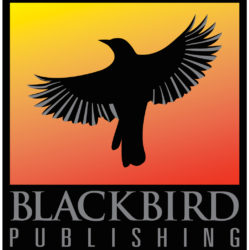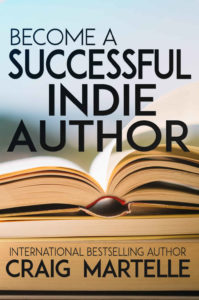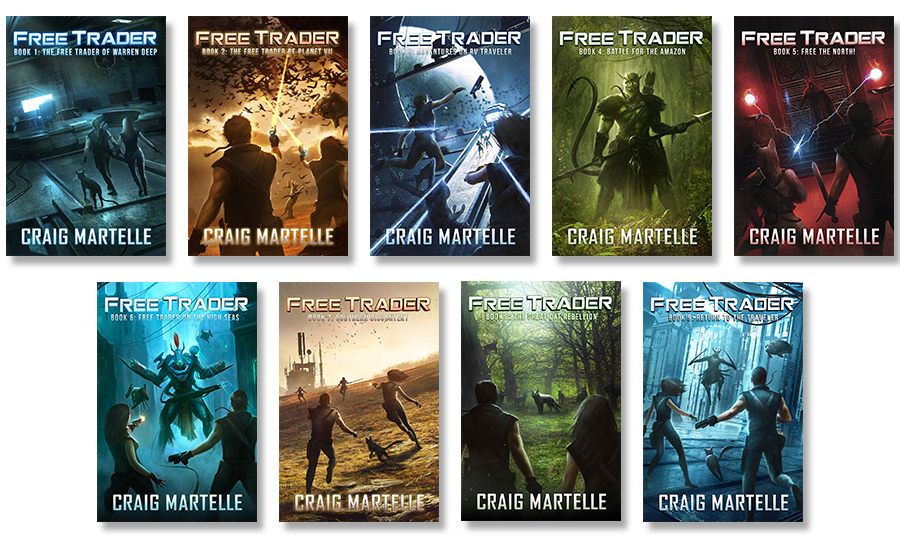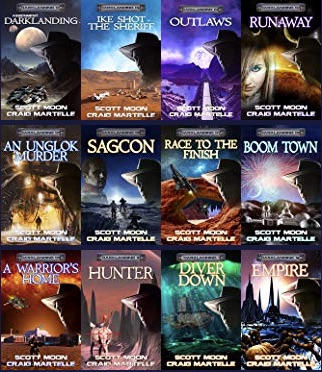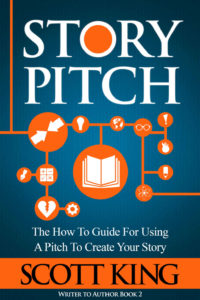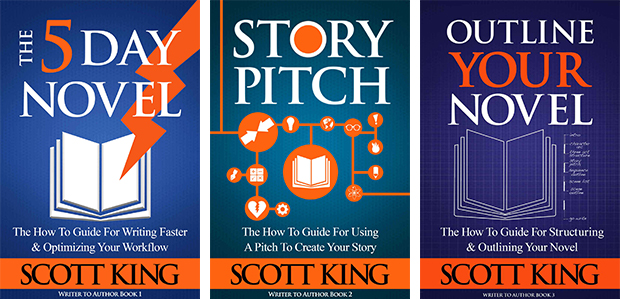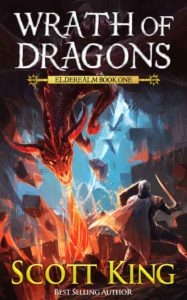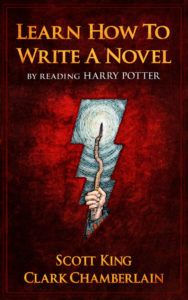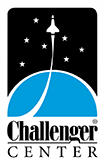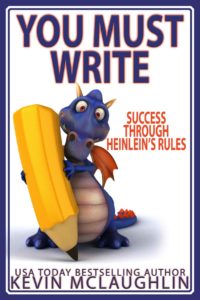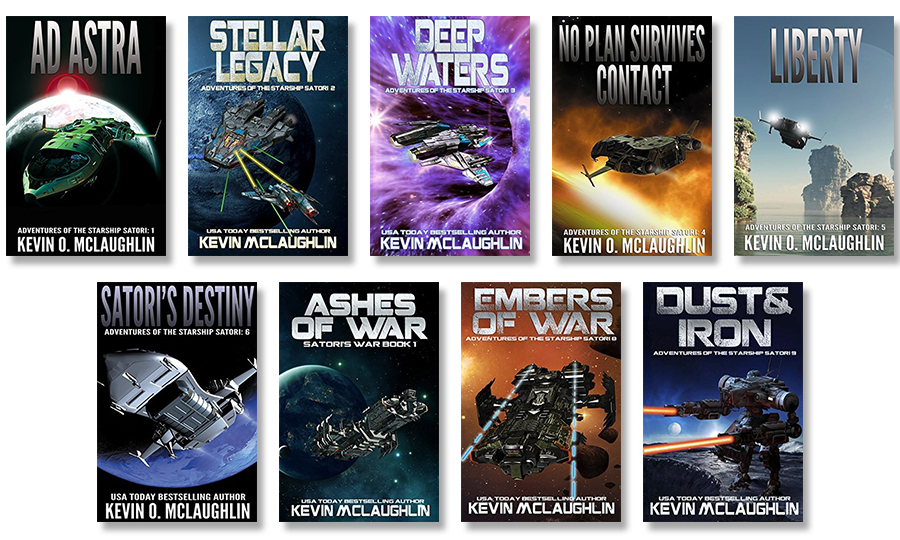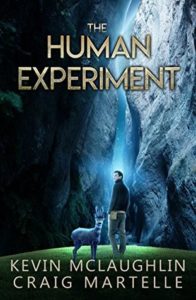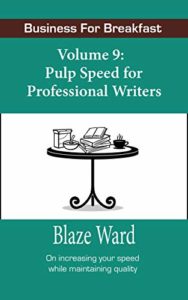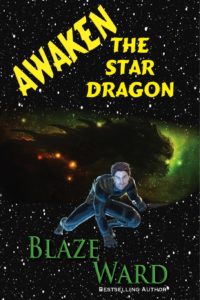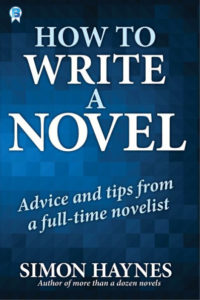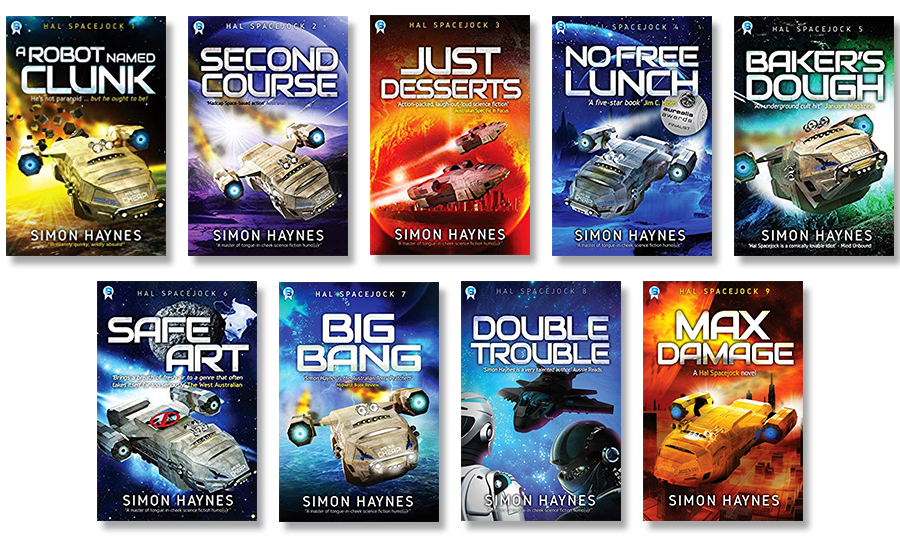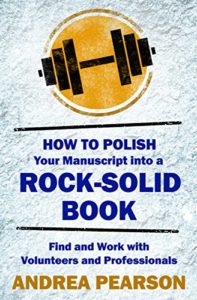
How to Polish Your Manuscript into a Rock-Solid Book is in the NaNoWriMo Writing Tools bundle, a collection of a dozen books on writing. A portion of the proceeds goes directly to the Challenger Center for Space Science Education, a non-profit group created by the families of the crew of the Challenger shuttle. This bundle is only available through the end of November 2018.
Meet Andrea!
Andrea is a bestselling author who’s written more than 50 books and over a hundred articles for professional blogs and websites. She writes fantasy, sweet romance, and co-creates a book each year with her illustrator husband and students from the local elementary school. Andrea has written several books for authors, has a series of online courses on marketing, and hosts a regular podcast with her husband.
How to Polish Your Manuscript into a Rock-Solid Book
Are you an author who is struggling with finding volunteers and professionals to help polish your book? Do you wish there was a guide that offered plenty of suggestions for finding these people?
The Self-Publish Strong series, written by successful indie author Andrea Pearson, gives you advice and guidance on building your brand, publishing, and marketing your own books.
In How to Polish Your Manuscript into a Rock-Solid Book you will discover how to:
- Find and train beta readers
- Hire editors
- Test covers and descriptions
- Format ebooks and know where to publish them
- Typeset print books and where to publish them
- Choose a price for print and ebooks
Excerpt
One of the biggest mistakes new indie authors make is using covers that aren’t professional. Don’t hesitate to hire someone to take over this aspect of publishing for you. Good cover designers have been developing their skills for many years, and the cost of the cover will be worth the perfect design for your book.
A good cover will fit the emotions or theme of your book. Your cover needs to be able to catch (and hold) attention. It needs to match other covers in the genre, and it needs to look great.
A cover can cost anywhere from $25 to several thousand dollars, with the average landing around $300 to $450. How much it costs depends on the originality of the artwork and stock photos used. The illustrations and photographs from the popular PhatPuppyArt website, for example, can cost several hundred alone, and that’s before a cover designer starts working on them. Keep in mind that even if a book cover is expensive, it doesn’t always mean the cover will work. Get critiques on all covers, even when you’ve outsourced the creation to a designer.
– from How to Polish Your Manuscript into a Rock-Solid Book by Andrea Pearson
The Interview
What’s the most important piece of advice you’d give an author on how to go from a finished manuscript to a rock-solid book?
Revise, revise, revise! First, do everything you can on your own, then reach out to volunteers – friends and family, etc. (They tend to be the most kind, if you’re just starting out.) Then look for volunteers and professionals who don’t know you. Apply any revisions they suggest that ring true for your book. Pay extra attention to the things the professionals say.
What inspired you to create the Self-Publish Strong podcast, and why did you and your husband decide to team up and host it together?
 We’ve always wanted to do a podcast—six years ago, we made up our minds to start one, but we couldn’t find the right topic until December 2017. I absolutely love teaching and I wanted a place that allowed me to help others without me needing to be everywhere all the time. I knew I could host my own show, but I didn’t want one with regular guest interviews, since there are so many of those already. On the other hand, podcasts that feature just one person can be a bit boring. My husband is 100% my business partner, and as our listeners can attest, he’s a smart guy with a lot of insight. 🙂 It was an easy decision to do it together. 🙂
We’ve always wanted to do a podcast—six years ago, we made up our minds to start one, but we couldn’t find the right topic until December 2017. I absolutely love teaching and I wanted a place that allowed me to help others without me needing to be everywhere all the time. I knew I could host my own show, but I didn’t want one with regular guest interviews, since there are so many of those already. On the other hand, podcasts that feature just one person can be a bit boring. My husband is 100% my business partner, and as our listeners can attest, he’s a smart guy with a lot of insight. 🙂 It was an easy decision to do it together. 🙂
How does your Review Crew and Street Team help you?
They’re soooo wonderful! Reviews are so much easier to get now that I have a review team. And whenever I’m running promotions or want feedback on weird ideas, they’re the first I go to.
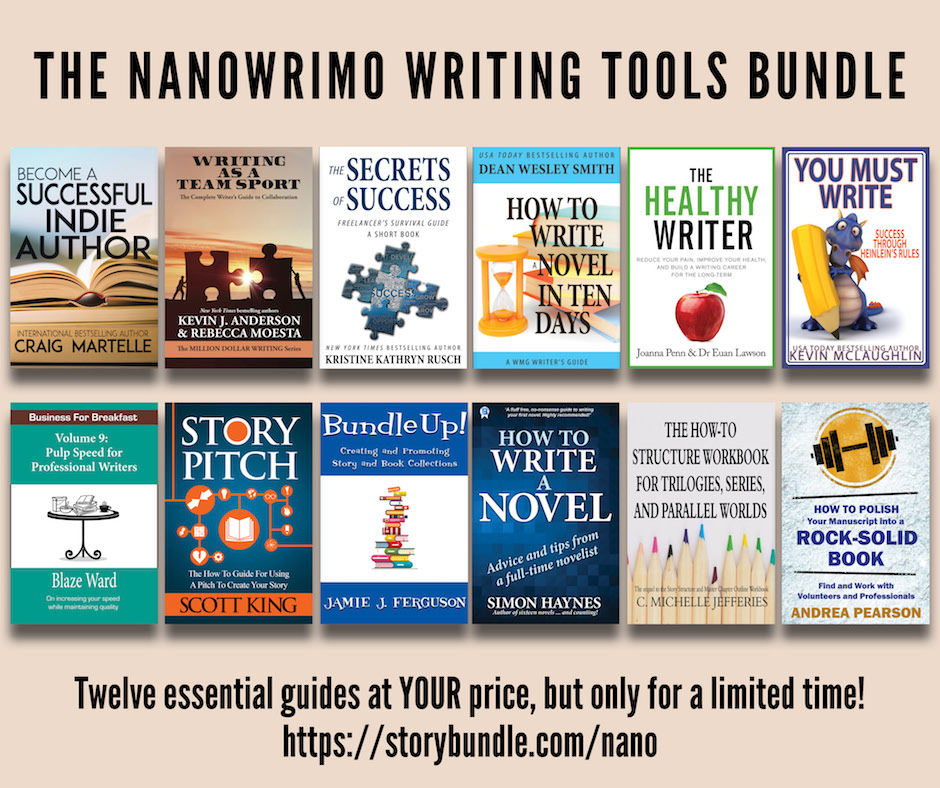
You run a Facebook group, BookBub Promotions and More, which is a place for authors to share notes on promoting and marketing. What’s one of the most useful things you’ve learned from running this group?
That the indie community is fantastic, and people are almost always willing to share. But on the other hand, those who have the most to share usually have the least amount of time to share it. Which is why we do chats with successful authors on a regular basis—they’re unable to participate in the group all the time, but they still want to help others out. Win-win for everyone. 🙂
You write sweet western romance as Andrea Kate Pearson. What inspired you to focus your stories in a western setting, and why specifically in Montana?
I love westerns—I was raised reading them (I devoured pretty much anything sweet romance, but mostly western romances) and all growing up, I wanted a horse more than anything. I took horse riding lessons in high school and still love westerns and cowboys. We attend the local rodeo every single year—I haven’t missed once. And Montana because I hadn’t set a series there for my fantasy books. I’m taking a break from romance (my fantasy is more established), but I hope to return soon.
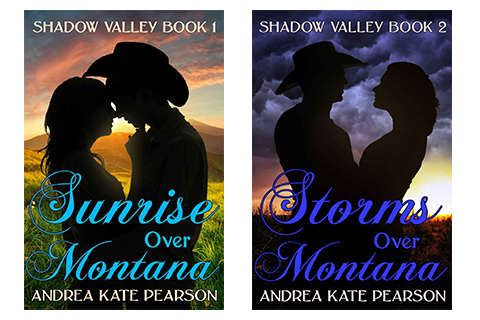
What’s one of your favorite resources for maintaining your business excitement and energy?
Finishing a book! There’s nothing more exciting and relieving to know I’ve finished another story. But also podcasts. I enjoy listening to other authors’ experiences.
You and your husband developed Bezza’s Book of Enchantments with a local group of kids with the intention of helping them learn writing and illustrating skills. What did you most enjoy about that experience? Do you feel it had a lasting impact on the kids?
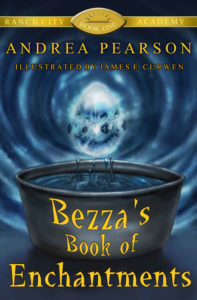 We’ve done a book a year with the local elementary school—just tied up #5. It’s so much fun! We’ve been able to watch and interact with the kids as they’ve grown into young adults who have a passion for writing and illustrating. And yes, we feel it has had a lasting impact. They appreciate literature and art much more than they would have otherwise, and their parents and teachers tell us this regularly. It’s not a money-making project, but we absolutely love it and hope to continue serving there for several more years.
We’ve done a book a year with the local elementary school—just tied up #5. It’s so much fun! We’ve been able to watch and interact with the kids as they’ve grown into young adults who have a passion for writing and illustrating. And yes, we feel it has had a lasting impact. They appreciate literature and art much more than they would have otherwise, and their parents and teachers tell us this regularly. It’s not a money-making project, but we absolutely love it and hope to continue serving there for several more years.
Why did you decide to have characters from one of your series, the Kilenya Chronicles, appear in book six of your series the Mosaic Chronicles?
Characters from my books tend to pop up in other series/books regularly. It makes it fun for me to write and fun for my readers to read! I personally love it when other authors do this, and I was really happy that my readers appreciated it too. It’s like finding an Easter egg. Even the books we write for the school share some characters with my books for adults/teens.
In addition to everything else you’re doing, you were one of the instructors at the 2018 WMG Publishing Business Master Class. What do you enjoy about teaching marketing to authors and publishers?
Everything! Knowing I’m helping other people, learning more (they say you learn more when you teach), and sharing my passions. I love marketing! I’ve been invited to return as an instructor for 2019, and I’m really looking forward to it.
What story (or stories) are you working on now, and what’s fun about what you’re writing?
I’m just tying up the final book in my Koven Chronicles. I’ve really enjoyed this series. Lizzie, the main character, has the ability to stop sparks, so she works closely with local government officials to stop bombs, guns, and fires—wild, residential, etc. It’s been a really fun series.
About Andrea
Andrea Pearson is an avid reader and outdoor enthusiast who plays several instruments, not including the banjo. She is the author of many full-length novels and novellas, including the bestselling Mosaic, Koven, and Kilenya Chronicles. Writing is the chocolate of her life—it is, in fact, the only thing she ever craves. Being with her family is where she’s happiest, and she loves thunderstorms, the ocean, hiking, public speaking, painting, and traveling.
